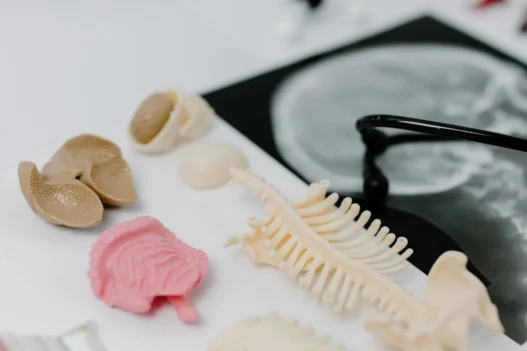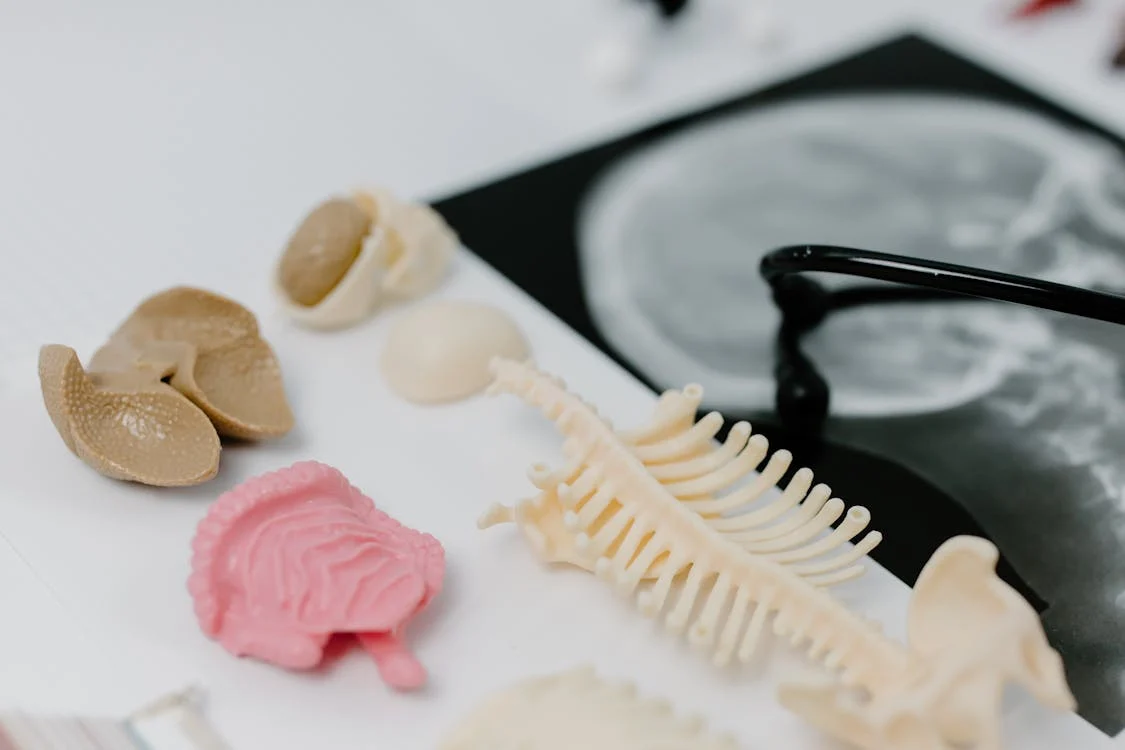02RF37Z refers to a medical procedure where a damaged aortic valve is replaced with tissue from the patient’s own body, done through a minimally invasive approach. This method offers a less invasive option for valve replacement surgery.
Table of Contents:
- 🔎 Clinical Indication
- 📋 Preparation: Before Procedure
- 📖 Methodology: During Procedure
- 🩹 Recovery: After Procedure
- 🚨 Complexity & Risk
- 🔀 Similar Procedures
🔎 Clinical Indication
02RF37Z, also known as Replacement of Aortic Valve with Autologous Tissue Substitute, Percutaneous Approach, may be performed when a patient’s aortic valve is not functioning properly. This procedure is typically used when a traditional open-heart surgery is not an option due to the patient’s medical condition or for those who prefer a less invasive approach.
During this procedure, a new aortic valve made from the patient’s own tissue is placed using a minimally invasive technique, avoiding the need for a large chest incision. This can lead to a quicker recovery time and less post-operative pain compared to traditional open-heart surgery.
Overall, Replacement of Aortic Valve with Autologous Tissue Substitute, Percutaneous Approach is a beneficial option for patients who need a new aortic valve but may not be candidates for traditional surgery or prefer a less invasive approach. This procedure can improve the function of the heart and quality of life for those who undergo it.
📋 Preparation: Before Procedure
Before undergoing a 02RF37Z procedure, patients will need to have imaging tests done to assess the condition of their aortic valve. This may involve an echocardiogram or a cardiac catheterization to gather detailed information on the valve’s function.
In addition, patients will need to have blood tests done to ensure they are healthy enough for the procedure. These tests will help identify any underlying medical conditions that may affect the surgery or recovery process.
Lastly, patients will meet with their healthcare team to discuss the procedure, ask any questions they may have, and prepare themselves mentally and physically for the surgery. This preoperative consultation is crucial for ensuring a smooth and successful outcome for the patient.
📖 Methodology: During Procedure
During the 02RF37Z procedure, the aortic valve is replaced using a tissue substitute made from the patient’s own cells. This innovative approach involves inserting the new valve through a small incision in the skin, rather than through traditional open-heart surgery.
The percutaneous approach reduces the risk of complications and shortens recovery time for patients undergoing valve replacement. By using the body’s own tissue, the chances of rejection are minimized, leading to better outcomes for individuals with aortic valve issues.
🩹 Recovery: After Procedure
After undergoing the procedure 02RF37Z, patients typically experience a recovery period of about 1-2 weeks. During this time, it is important to follow your doctor’s instructions regarding physical activity and medication.
Patients may experience some chest discomfort or soreness at the incision site, which can be managed with pain medication prescribed by your doctor. It is important to avoid heavy lifting or strenuous activities during the recovery period to allow your body to heal.
Regular follow-up appointments with your healthcare provider are essential to monitor your progress and ensure that the replacement valve is functioning properly. With proper care and listening to your doctor’s recommendations, patients can expect a smooth and successful recovery after undergoing 02RF37Z.
🚨 Complexity & Risk
Performing 02RF37Z, the replacement of an aortic valve with an autologous tissue substitute using a percutaneous approach, is a highly complex procedure that requires precision and expertise.
Potential risks to patients undergoing this procedure include bleeding, infection, damage to surrounding blood vessels, and complications related to the use of anesthesia. It is crucial for healthcare providers to carefully assess each patient’s individual risk factors before proceeding with the surgery.
🔀 Similar Procedures
Another medical procedure similar to 02RF37Z is a transcatheter aortic valve replacement (TAVR). TAVR is also a minimally invasive procedure used to replace a diseased aortic valve without open-heart surgery. It involves inserting a new valve through a catheter and expanding it in place of the old valve.
TAVR, like 02RF37Z, is often recommended for patients who are at high risk for traditional open-heart surgery. Both procedures offer a less invasive option for treating aortic valve disease. TAVR is also associated with shorter recovery times and fewer complications compared to traditional surgery.

